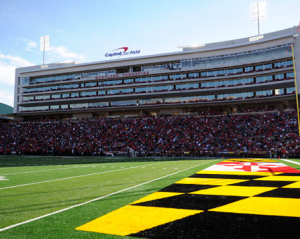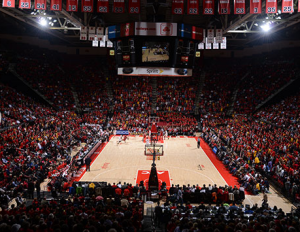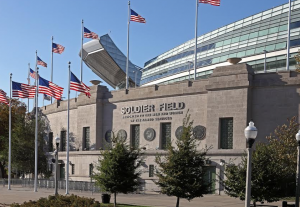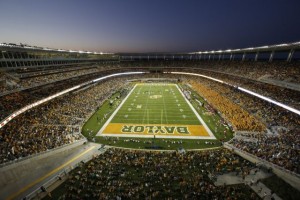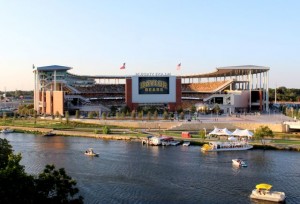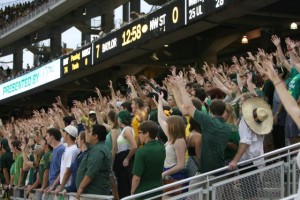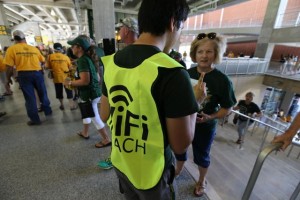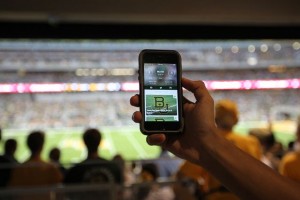
Xfinity Center, home of University of Maryland basketball. Credit all photos: University of Maryland website
Hoops fans will get to test the services first, as according to the press release the network inside the Terrapins’ Xfinity Center will be live for games this season, starting later this month. A Wi-Fi network for the 54,000-seat Capital One Field at Byrd Stadium, which is used by Maryland for football and lacrosse, will be fully installed by next season. According to the release, Extreme and SignalShare have already deployed Wi-Fi for luxury suites and press areas in the football facility, and will add services for upper and lower bowl seating by the start of football next year.
Since we haven’t yet had time to talk to anyone from either Maryland or the participating companies, we’ll crib from our previous story about the Extreme-SignalShare collaboration in use at the Jacksonville Jaguars’ EverBank Field.
If you are a regular MSR reader you probably know about Extreme and its IdentFi Wi-Fi deployments; the more unknown of the duo is likely SignalShare, a Raleigh, N.C., concern that has both Wi-Fi integration and deployment expertise, as well as an “audience engagement platform” called “Live-Fi” that the company says “leverages real-time analytics and dynamic messaging to deliver location-aware customized content – including offers, discounts and call-to-actions – to attendees’ mobile devices during events.”SignalShare says it has systems at work for sports clients including the Sacramento Kings, Houston Rockets, and Indiana Pacers, and has also deployed its systems at other large venues and events, including the U.S. Open tennis tournament and several large outdoor concert venues.
We will, of course, do our best to dig deeper into the whys and hows of the deal, but for now a canned comment from the press release will have to suffice:
“At Maryland, like at many universities across the country, our students live and breathe with their mobile devices,” Maryland director of athletics Kevin Anderson said in a prepared statement. “We want to make sure that when students come to a game, not only can they remain connected to their favorite social networks, sites and apps, but that we can entertain them with new fan engagement initiatives, including the eventual addition of in-seat ordering, game day jersey sales and other interactive experiences and promotions. The solution from SignalShare and Extreme will elevate our game day experience to an enhanced level.”
